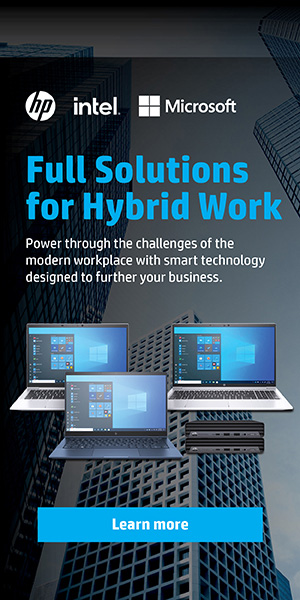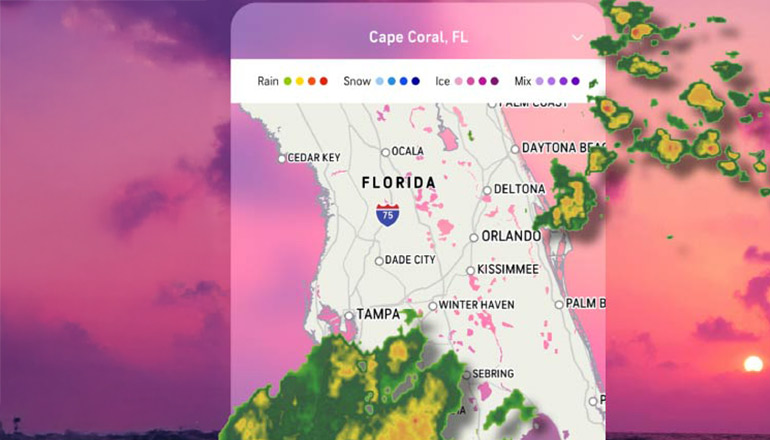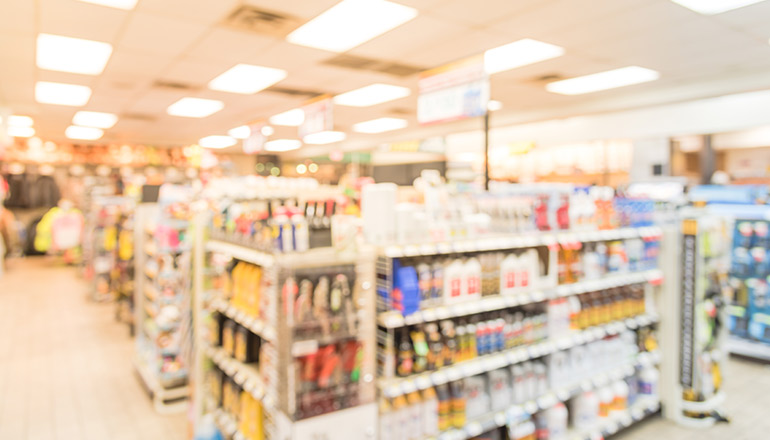COVID-19 sparked a wave of innovation. Hybrid work is common, telemedicine allows for medical assistance from home and educators are teaching in virtual classrooms. It’s clear that we’ve entered a digital-first landscape, one that calls for adaptation and flexibility.
This evolution has forced businesses to ask important questions. How can they better support their employees? What are the best ways to appeal to remote audiences? And how should they pivot to direct-to-consumer programs and services? Every field has been affected by this transition — and retail is no exception.
From automation and Augmented Reality (AR) to cross-channel interaction, modern consumers want an engaging, customized shopping experience. With the right tools and tailored solutions, you can increase your business value, retain employees and build lasting consumer relationships.
Retail and the Great Resignation
Before we look at technology trends shaping modern retail, it’s vital that we address the Great Resignation. This economic trend has seen employees voluntarily quitting in droves, beginning in early 2021. In fact, the number of American workers resigning hit record highs in November of 2021, with 4.5 million people leaving their jobs.
Retail has always been prone to turnover, but the Great Resignation hit the industry especially hard. Many of those critically effected by the pandemic were front-line workers — the face of the company for clients walking into a store. These workers are reluctant to return to stressful retail jobs, but new technological advancements can increase efficiency and lessen the strain on retail staff, all while enhancing the customer experience.






















